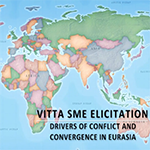OUR SERVICES
Provide our clients a differentiated experience and rich set of services for their critical decision-making problems
What Is It?
An expansive and established virtual network of trusted subject matter experts, unconventional thinkers, brightest minds, foreign voices, and varied perspectives to craft timely and cost effective analyses to critical and complex problems.
How Can Virtual Think Tank (ViTTa) Help You?
Provides highly customizable and compelling analyses, reports, and briefings that consider varied perspectives across disciplines, challenges assumptions, provides actionable insights, and highlights areas of convergence and divergence.

Data Collection
Establish the core question, design the survey or questionnaire, stand up the SME network, conduct in-person or phone interviews, and create audio recordings and transcripts of all interviews.
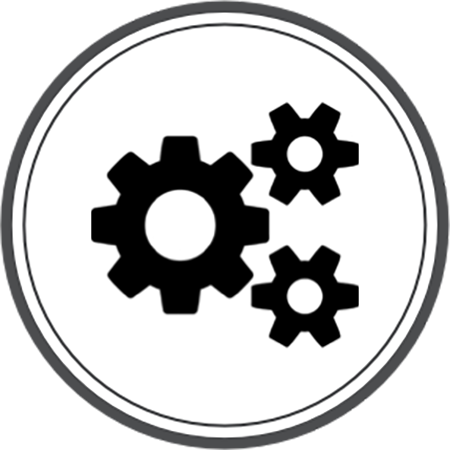
Data Processing
Categorize the initial findings, identify areas of convergence and divergence, develop hypotheses, summarize key findings, and create a conceptual model or framework to convey the findings.

Analysis
Highlight and assess the key findings, schools of thought, areas of agreement and disagreement among SMEs, critical insights, unique and conflicting perspectives, and significant knowledge gaps.

Report Writing
Prepare final reports and briefings comprised of summary findings, quick looks, deep dives, SME elicitations, conceptual models or frameworks, client briefs, and workshop proceedings.
Learn More
To learn more about how ViTTa is used in our client solutions, visit: ViTTa Applications
To access the ViTTa tool, visit: ViTTa Tool
ViTTa Videos
What Is It?
The application of business management techniques, organizational psychology, and behavioral economics to identify and prevent barriers due to personal or institutional fear from inhibiting organizational success like not meeting a goal or losing decision rights.
How Can Barrier Analysis Help You?
Creates insights into the root causes of barriers and their evolution from parochialism to territorialism to empire building—free your organization from cumbersome bureaucracy and conflict, and align policies, practices, and goals toward a common mission.
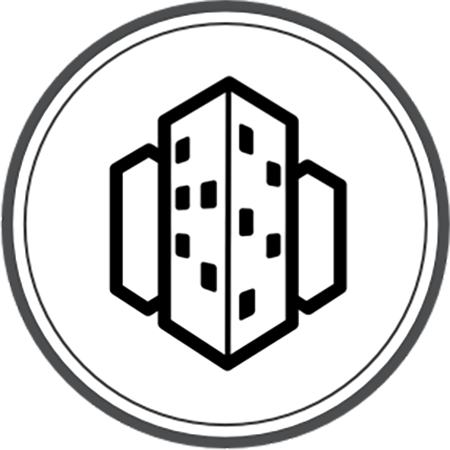
Immersion
Gain a deeper understanding of organizational initiatives, practices, policies, and culture; look for alignments and misalignments; and generate hypotheses, guides, surveys, and interview protocols.

Exploration
Conduct in-depth interviews with senior executives and functional managers, and as well as focus groups with front-line employees and supervisors to identify key barriers and their root causes.

Analysis
Assess barriers and establish priorities based on cost and effort; prioritize barriers based on cost/harm versus overall success; and identify long term payoffs based on higher cost/effort barriers.

Removal
Work with management to remove prioritized barriers based on difficulty and, impact; and prevent barriers from returning through internal actions and focused barrier removal activity.
Learn More
To learn more about how Barrier Analysis is used in our client solutions, visit: Barrier Analysis Applications
What Is It?
The application of statistical and multifaceted analytic techniques to business problems to extract more value from customer, operational, social media, sales, and other data, and turn findings into effective actions and strategies to improve business success.
How Can Business Analytics Help You?
Provide critical insights into key business objectives and the impact of business decisions regarding product positioning and pricing, brand loyalty, market segments, customer sentiment, and consumer demand for a brand’s products and services.

Describe What’s Happening
Discover and discern the current social psychology and sentiment of customer behavior using various statistical and data science methods to detect and explain patterns in large heterogeneous data.

Describe Why It’s Happening
Determine what drives customer behavior, identify variable relationships, curve shape, lead/lag indicators and effects, analyze residuals, look for patterns, add in multipliers based on various effects.

Predict What Will Happen Next
Apply predictive and statistical models to estimate and forecast customer behavior, better understand markets, and inform decision-making to assess the effectiveness of a variety of actions to be taken.

Change The Overall Trajectory
Identify effective and winning strategies for increased success by enabling smarter, more thoughtful, and profit-driven business decisions through applied data science and predictive analytic methods.
Learn More
To learn more about how Business Analytics is used in our client solutions, visit: Business Analytics Applications
What Is It?
A cognitive decision analysis methodology that generalizes and assesses an opponent’s complex decision problem from the actor’s perspective so the effects of an actor’s perceptions, interests, trade-offs, and priorities can be systematically examined.
How Can Decision Analysis Help You?
Highlights the interests (cost, feasibility, impact, risk) an actor seeks to optimize, what drives his choices, who he perceives the players are in the decision problem, potential actions an opponent will consider, and the implications of divergent perceptions.
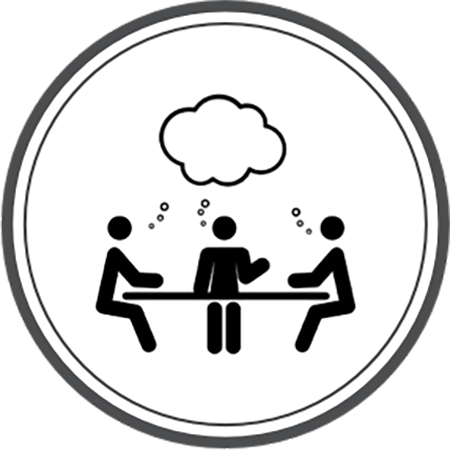
Problem Identification
Define and specify the decision analysis problem avoiding simplifying heuristics and biases including cognitive proximity and analogizing between the current situation and past historical events.
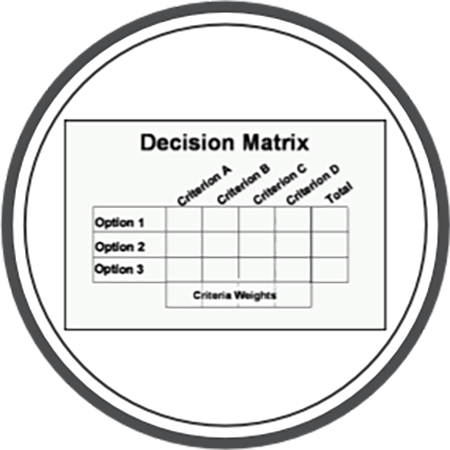
Options Discovery
Create subjective decision matrices for all actors and decisions to be studied using data on the event to be analyzed, relevant actors, and their perceptions of the event and other actor perceptions.
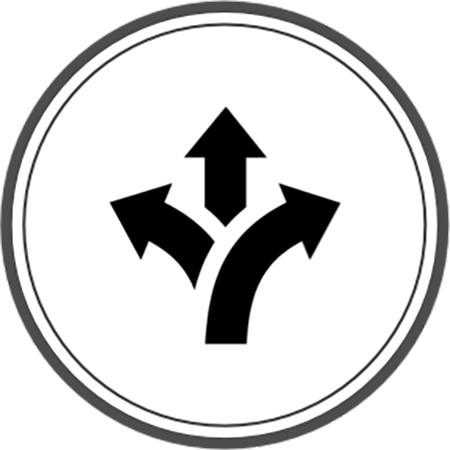
Alternatives Evaluation
Evaluate alternatives across the problem space; explore and make revisions to ensure accuracy, relevance, and adequacy of the information; and avoid cognitive tension associated with value trade-offs.

Decision Choice
An articulated commitment to a course of action is chosen, which represents the conclusion of the decision process itself, along with considering how that choice is transformed into an action.
Learn More
To learn more about how Decision Analysis is used in our client solutions, visit: Decision Analysis Applications
What Is It?
A robust and flexible system for measuring and assessing dignity—the capacity to live by one’s standards and principles emotionally, interpersonally, and experientially—in the workplace and during interactions with customers and employees.
How Can Dignity Analysis Help You?
Show how to uphold dignity in the workplace, treat people in a fair and respectful manner, increase people’s acceptance of decisions regardless of outcome, improve customer/employee engagement and satisfaction, and monitor dignity violations.

Measure
Assess the current level of dignity performance in the workplace across the dignity dimensions: interpersonal, emotional, and experiential; and survey stakeholders, employees, and customers.

Activate
Conduct a qualitative assessment of the internal processes, practices, policies, and priorities to identify the potential areas of dignity violations and opportunities for enhancing dignity overall.

Perform
Identify and implement actions that need to take place by stakeholders, supervisors, and employees to improve the dignity components, to remove and mitigate barriers, and to leverage enablers.

Train/Sustain
Implement a training program that aligns systems, processes, policies, and service delivery to uphold the core three components of emotional, interpersonal, and experiential dignity elements.
Learn More
To learn more about how Dignity Analysis is used in our client solutions, visit: Dignity Analysis Applications
What Is It?
The application of linguistic and thematic analysis techniques and text analytic software to capture structure, patterns, rhetoric, and culturally relevant themes in large, unstructured data sets of discourse.
How Can Discourse Analysis Help You?
Creates insights into the underlying attitudes, biases, behavioral intentions, sentiment, and cultural assumptions in leadership speeches, population chatter, customer feedback, social media commentary, and other forms of digitized communications.

Create Corpus
Gather data for a specific research topic and/or problem using news articles, speeches, blog entries, customer feedback, social media commentary, and any other relevant recorded discourse.

Gain Cultural Insights
Use ethnographic methods, focus groups, and prior research to gain insight into people who share a common interest, history, culture, values, norms, perspectives, and overall set of experiences.

Code Corpus
Isolate the various themes specific to a group in relation to a specific issue by recording and associating the actual language used to express the themes and eliminating or resolving any discrepancies.

Create Theme Hierarchy
Organize identified themes into higher level categories by generating a taxonomy of themes, and capture them in a structured database to process using text analytic software for analysis.
Learn More
To learn more about how Discourse Analysis is used in our client solutions, visit: Discourse Analysis Applications
What Is It?
The application of multidisciplinary social science techniques and various analytic methods to understand the diversity and complexity of human behavior as it manifests in the social world in societal, political, economic, social, and cultural contexts.
How Can Human Behavior Analytics Help You?
Provides critical insights and a richer, deeper understanding of human behavior by distilling, reducing, generalizing, and explaining it in broader and unifying terms, themes, and patterns enabling smarter, more reliable, and holistic decision-making.

Specification | Design
Utilize and apply methodologically sound designs from experimental research and survey design to collect the right type and amount of data to analyze and maximize multidisciplinary insight.

Data Processing
Process qualitative data using academically rigorous, non-proprietary coding methods, and integrate qualitative data from surveys, focus groups, interviews, and other sources with quantitative data.

Analysis
Apply a broad set of formal, empirical qualitative and quantitative analytic methods to distill, reduce, generalize, and explain human behavior complexity in broad, unifying terms, themes, and patterns.

Psychometrics
Design, construct, and tailor measurement scales and instruments to produce objective, precise, reliable and valid results across multidisciplinary contexts for various market segments.
Learn More
To learn more about how Human Behavior Analytics is used in our client solutions, visit: Human Behavior Analytics Applications
What Is It?
A well-founded, formalized conceptual model that systematically uncovers the underlying political, social, and economic stability and instability dynamics of a location, which includes both drivers of instability and buffers of stability (areas of resilience).
How Can Stability Model Analysis Help You?
Gain interesting, non-obvious insights into the root causes of stability dynamics that characterize an area by highlighting linkages between factors such as social sources of political instability, indicators of state failure, and signs of a faltering economy.

Exploration
Use the generic stability model (StaM) to organize assertions about political, economic, and social stability, and to guide the background research for area-specific data (region, state, nation, city, etc).

Tailor Model
Align the generic StaM to the area-specific context; adjust, add, or eliminate factors from the generic StaM as required; and disaggregate, merge, or redraw the various cross dimensional relationships.

Hypotheses Testing
Confirm/disconfirm various hypothesized relationships in the tailored StaM, identify key actors, assess stabilizing and destabilizing factors, and highlight short and long-term resilience and vulnerabilities.

Report Writing
Prepare report that provides insights into the key instability and stability factors, distinguishes between short and long-term effects, and describe domestic stability influences to the region.
Learn More
To learn more about how Stability Model Analysis is used in our client solutions, visit: Stability Model Analysis Applications


